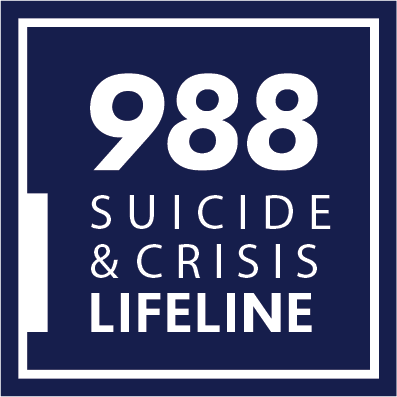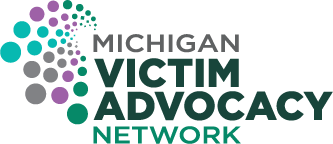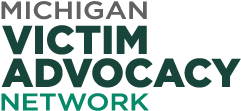It's okay to talk about suicide
Suicide is tragic, and we don’t often talk about it in crime victim advocacy. One common misconception about suicide is that if we ask someone about it, then it may put the idea into their mind. According to SAMHSA, “Asking a loved one about suicide will not make them suicidal. In fact, the person who may be thinking of suicide may feel relieved to be asked about it and grateful to have a safe place to share their thoughts.” So, it’s time we talk about suicide. Talking about it will help combat the stigma, will increase our awareness and knowledge, and will hopefully help better the outcomes for the survivors of crime with whom we work.
This month, we created a complication resources and trainings about suicide and suicide prevention. As always, please don’t hesitate to contact us if you’re looking for more!

H.O.P.E.: Suicide Prevention for Crime Victims
Sept 2020
Office for Victims of Crime (OVC)
This webinar is specifically designed for advocates of crime victims and focuses on providing trauma-informed response in order to prevent suicide in victims of crime, using the HOPE model. This training talks about this model in general populations and specifically in AI/AN communities.

988 Suicide and Crisis Lifeline
988 Lifeline
This critical resource offers free, confidential support nationwide for those people in distress and crisis. They are available 24/7 over the phone (988), text (988) or through online chat. Their website offers additional resources, including resources for professionals, stories of recovery and hope, and topic specific resources (Black Mental Health, LGBTQ+, Youth, Veterans, Youth, AI/AN, Loss survivors, Neurodivergence, Attempt survivors, Deaf and Hard of hearing or Hearing loss). Their crisis services are also available in Spanish.

Helping your loved one who is suicidal: A guide for family and friends
2021
Substance Abuse and Mental Health Services Administration (SAMHSA)
This compassionate guide tackles myths about suicide in an effort to increase understanding of the issue, discusses risk and protective factors, warning signs, offers suggestions on how to help a loved one (I.e. making a safety plan, increasing protective factors, etc.), and offers many resources that can help.

Preventing Suicide
July 2021
The Trevor Project
This collection of resources provides statistics and facts about suicide with a focus on LGBT populations, overviews risk factors and warning signs, and talks about responsible reporting practices for media.

Suicide Prevention: RESOURCE FOR ACTION
2022
Centers for Disease Control and Prevention
This comprehensive resource provides seven evidence-based suicide prevention strategies, discusses the rationale and evidence supporting their efficacy, explains how to implement the approaches to each strategy, and explores potential outcomes.

How to deal with self harm
Crisis Text Line
This short webpage talks about self harm, not necessarily as a suicide attempt, but as a way to release painful emotions. It talks about different types of self harm, symptoms, effects, and recovery. The Crisis Text Line is a resource someone can text in a crisis moment to receive help and support from a trained crisis counselor. Also available in Spanish.

